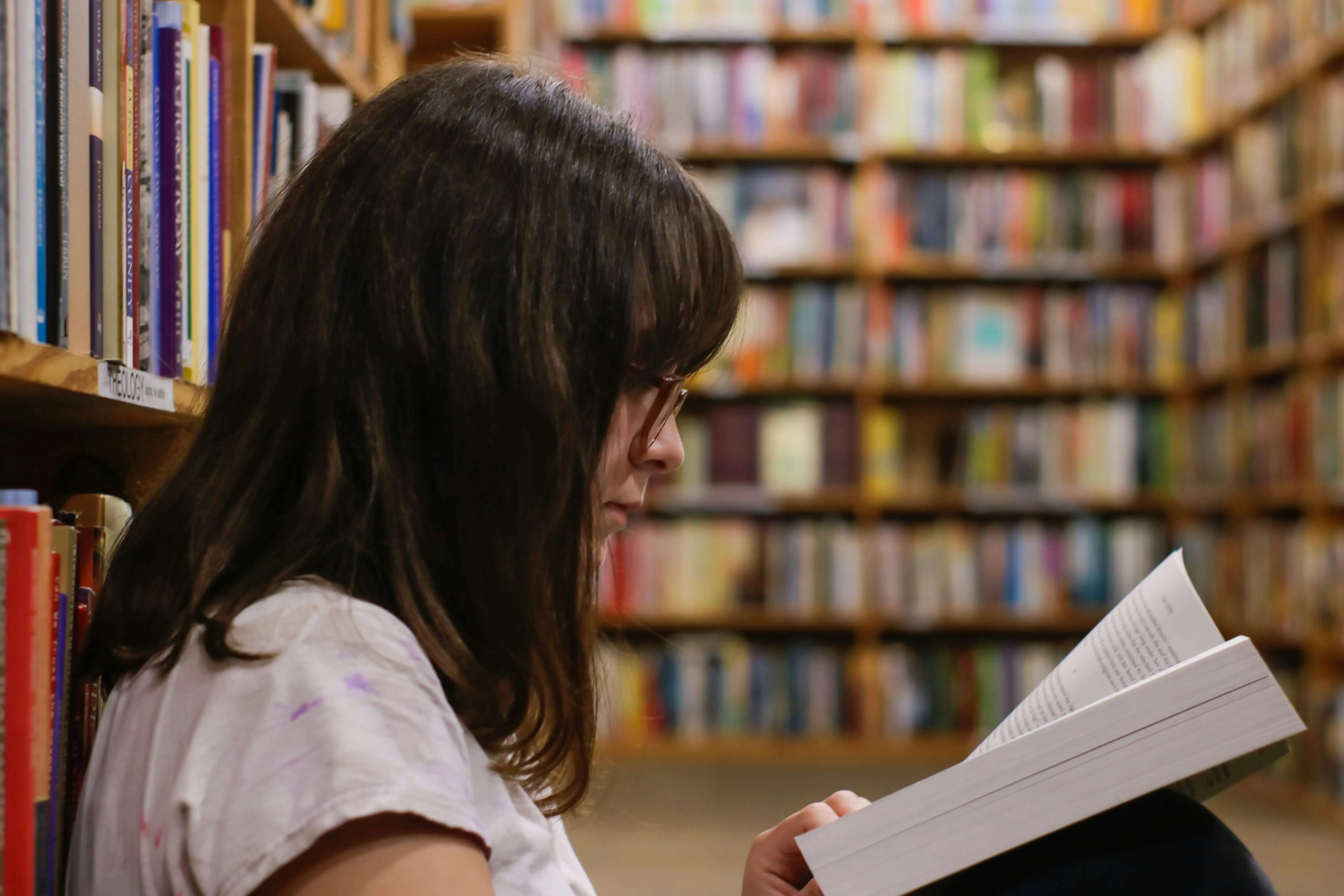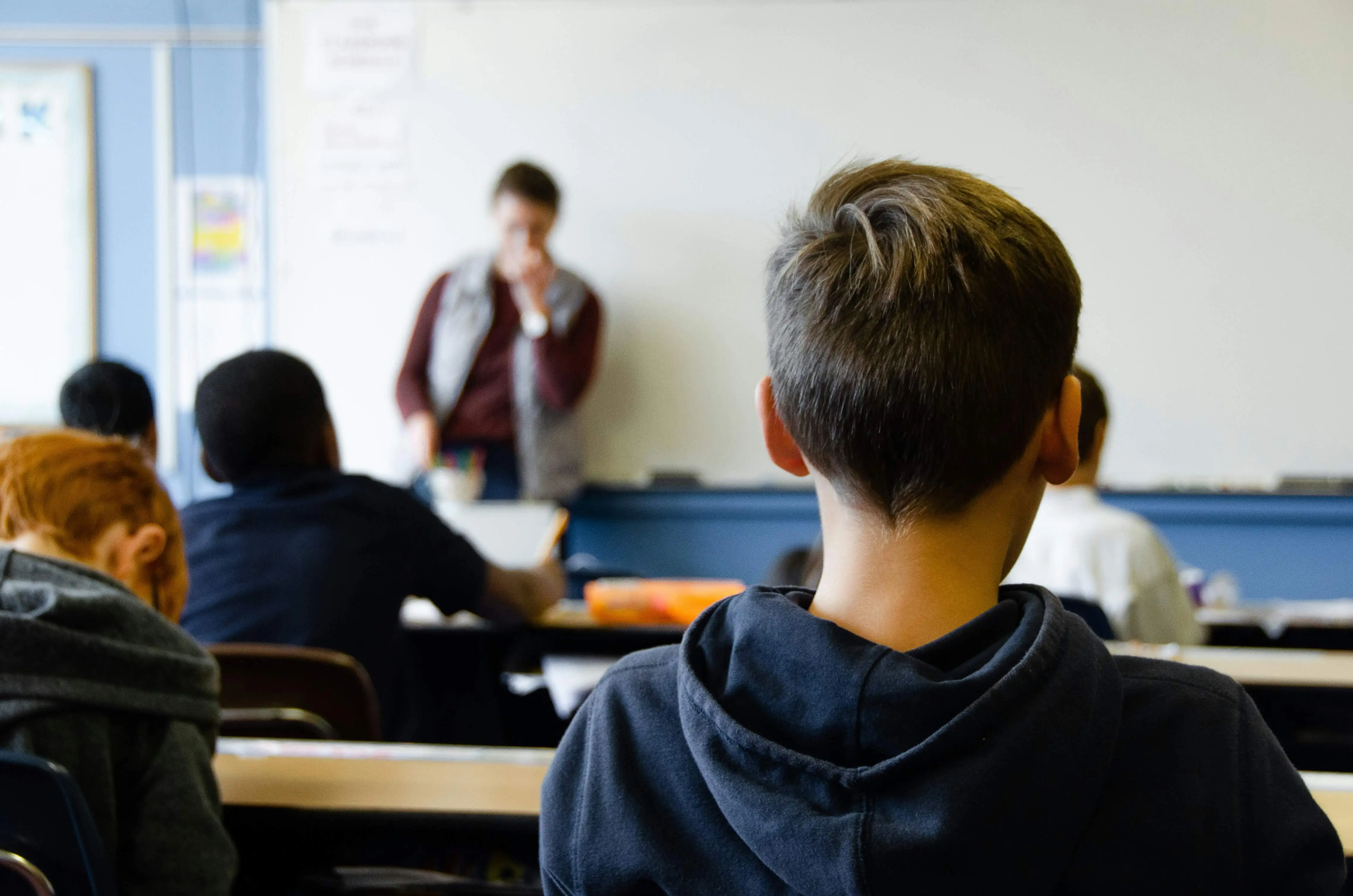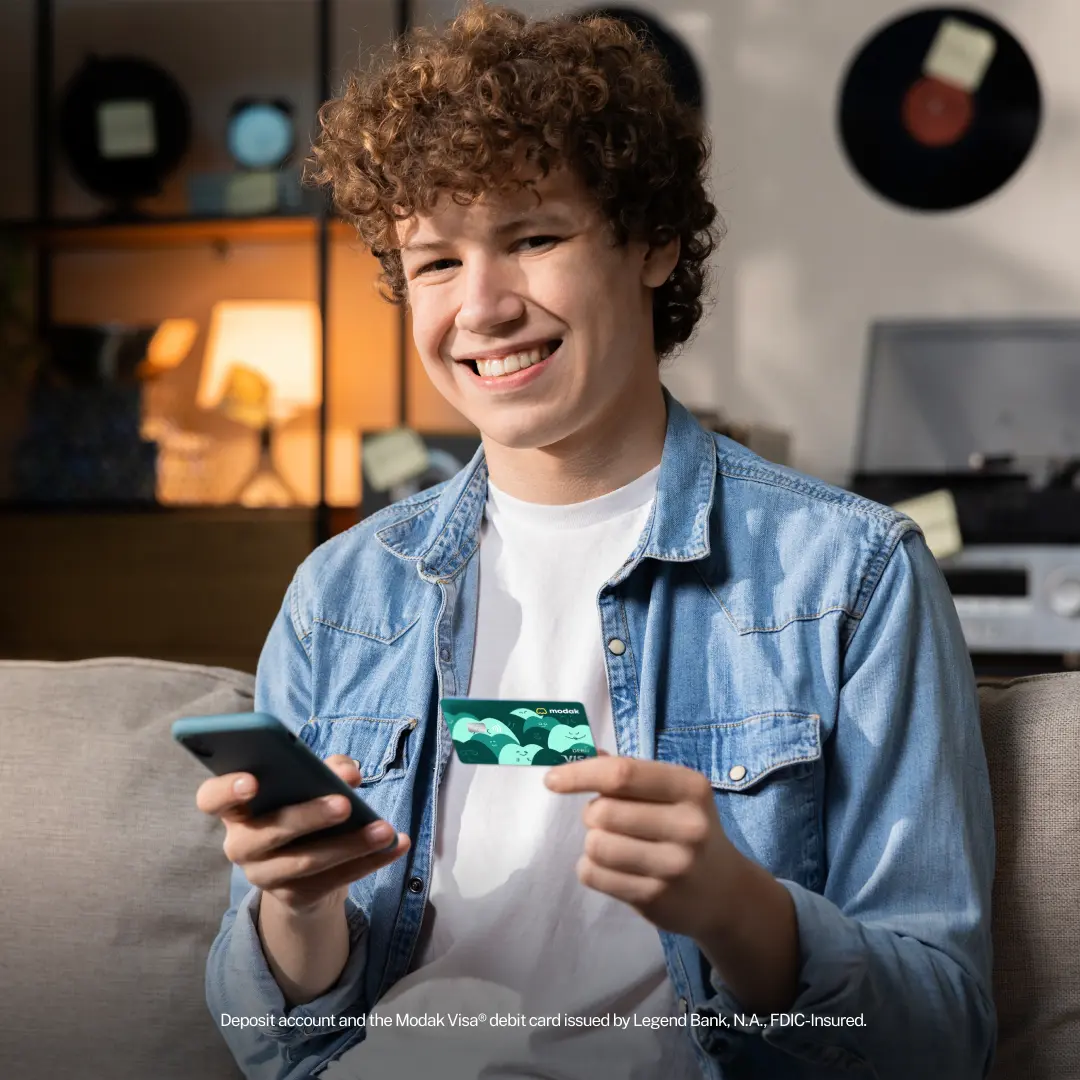🧩 Financial literacy must be tailored by age, life stage, and learning style to be effective.
📖 Lessons work best when paired with hands-on, real-world practice.
🎓 From middle school to college, money skills evolve, from chores to credit and loans.
A solid financial literacy curriculum isn’t just about balancing a budget or defining “credit.” It gives students real tools to make smart money decisions.
Whether you’re a teacher, parent, or school administrator, the challenge isn’t finding a curriculum, it’s finding one that sticks.
This guide covers:
Let’s explore what works, what doesn’t, and how to make financial literacy relevant at every grade level.

From 6th graders learning the value of a dollar to teens getting their first paycheck, financial literacy is a life skill. But it must evolve with the student.
A one-size-fits-all program won’t work. The best curricula are tailored by:
The most powerful programs pair lessons with real-world practice.
Key topics:
Activities:
At this stage, financial literacy is about awareness. Kids learn best through repetition and application.
Tools like Modak make this easier. Students can open a free account and use a Visa® debit card (virtual or physical) with no monthly fees(1)(4). Parents assign chores, connect allowances, and monitor spending while kids practice real money management.

Key Topics
Activities
High schoolers need to test their skills in realistic scenarios. Modak supports this by letting students:
💳 Modak gives kids and teens a free Visa® debit card to practice real-world money management.
🎯 Parents can assign chores, track allowances, and help teens build healthy financial habits.
🚶 With Walk-to-Earn, students earn MBX points daily, turning good habits into real cash rewards.
Key Topics
Activities
College students must move beyond lessons and live the principles of money management. This means:
With Modak, financial literacy becomes part of daily life.

Even the most engaging lesson plan falls short if students never apply the skills.
That’s where Modak bridges the gap. It helps kids and teens:
MBX points earned in-app can be converted to dollars and loaded onto their Visa® card1. Students can earn up to 70 MBX weekly just for walking(2)(3).
Worksheets teach concepts like budgeting and saving. Modak ensures students practice them in real life.
Earn, Save & Invest, Protect, Spend, and Borrow. Each is essential for making informed financial choices.
This budgeting method suggests:
Start with everyday situations:
According to the U.S. Treasury:
A good curriculum covers all five and provides ways to practice them.

Financial literacy isn’t a one-time lesson, it’s a habit. The best way to build it is through everyday experience.
Modak isn’t just a debit card. It’s a tool that turns financial education into a lifestyle.
When students earn money, save toward goals, and learn to spend wisely, they’re not just studying financial literacy.
They’re living it.